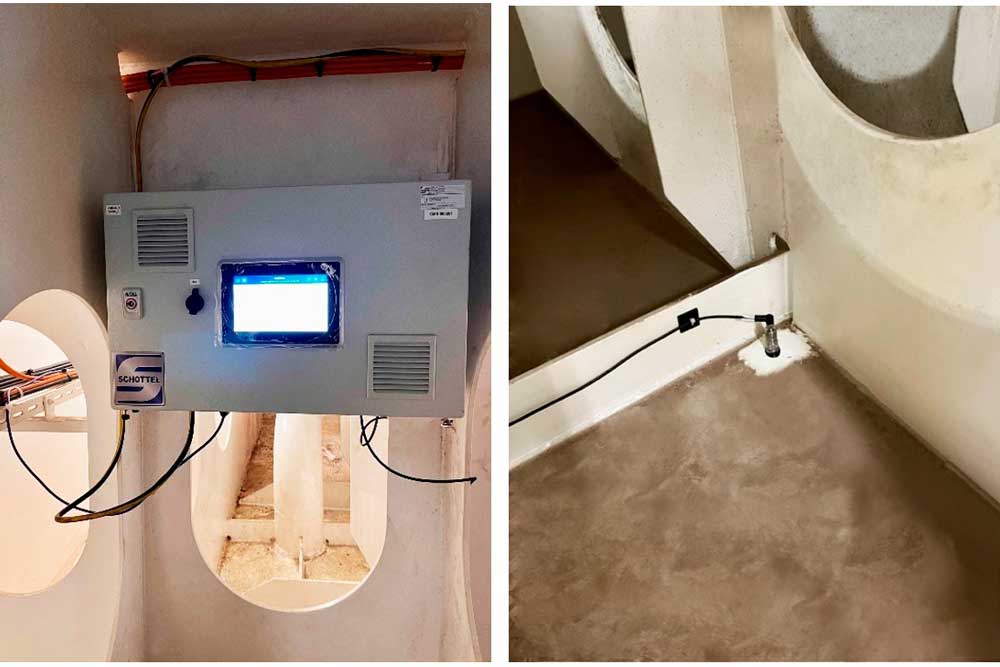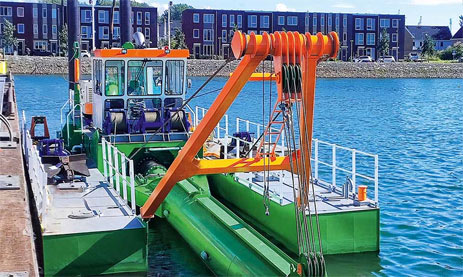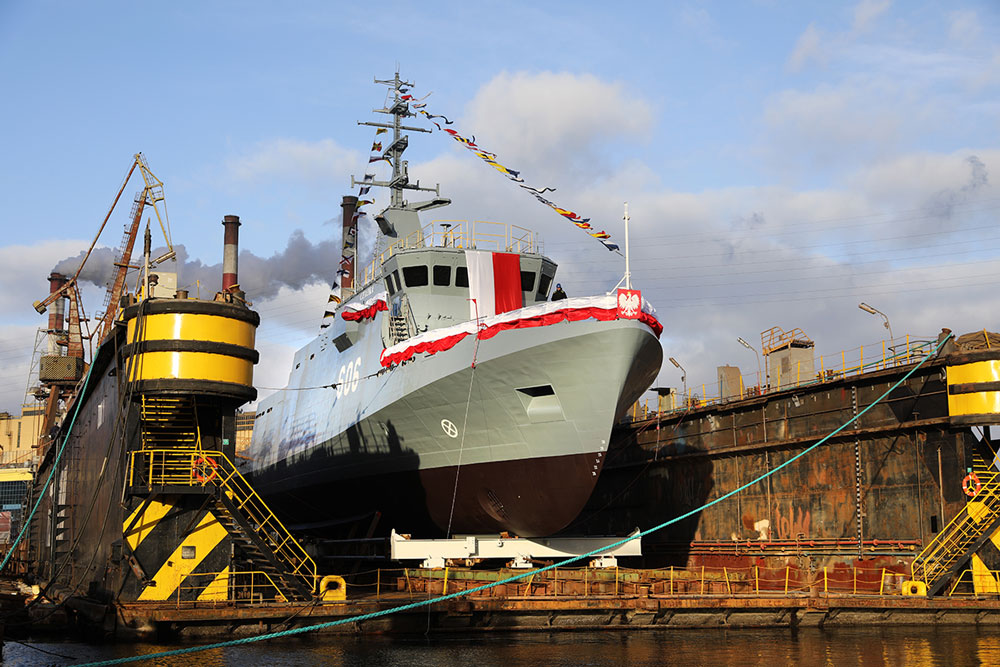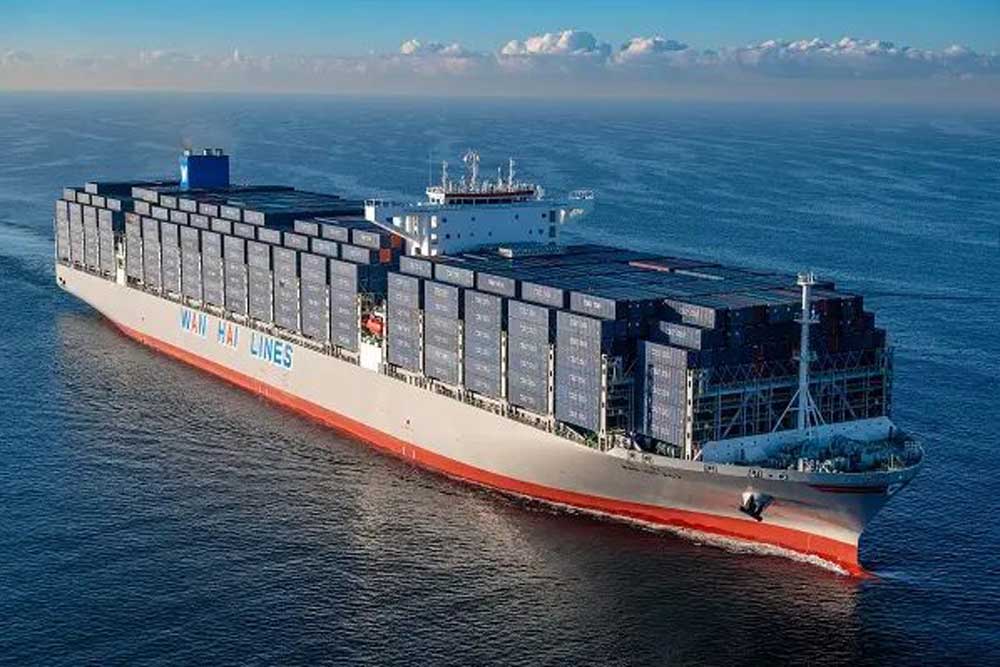Together with Transport Canada and BC Ferries, the German propulsion specialist Schottel has investigated the emission of underwater noise.
Optimised designs that cause less noise are to be derived from the results. A real-time reporting system has already been developed.
In the shipping industry, measures are increasingly being researched to monitor and reduce underwater radiated noise (URN). The International Maritime Organization (IMO) recommends that threshold values be set in certain regions in the future.
One of these regions is the Strait of Georgia in the Salish Sea, which separates Vancouver from the Canadian mainland. The strait is an important habitat for orcas and other whales, which are sensitive to the noise caused by ships. Although there are recommendations to cross the waters slowly, this does not necessarily mean that ships make less noise.
Schottel carried out the “HyPNoS” (Hydrodynamic Propeller Noise Monitoring System) project there together with its Canadian partners. The aim of the project, which was initiated as part of the “Quiet Vessel Initiative”, was to develop a system with which the crew of a ship can monitor the underwater noise generated. In this way, measures can be taken to directly minimise noise generation.

Schottel carried out several series of tests
These URN measurement methods consisted of a combination of hull vibration analysis and underwater noise measurements with hydrophones. Through extensive investigations, a quantitative correlation between the vibrations and the emitted noise was established. This led to a pattern from which the engineers at Schottel were able to develop an algorithm that calculates and predicts the noise. Among other things, it takes into account the propeller speed and pitch, the speed of the ship and other variables.
The engineers tested a number of BC Ferries’ Coastal Class vessels, both on-site in Canada and in Germany. A conventional propeller (5 m diameter) and a noise-optimized model (4.7 m) were used. The average reduction of URN was five decibels, which, according to Schottel, proves the effectiveness of modern propulsion systems.
The data collected as part of the HyPNoS project will point the way for future developments, Schottel announced. At the customer’s request, the company is already in a position to incorporate it into product design.














